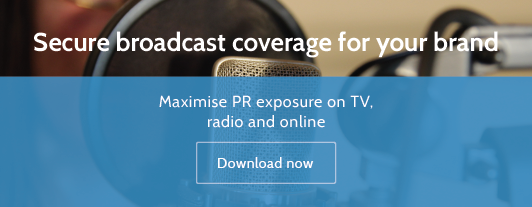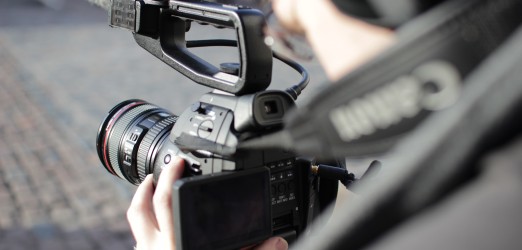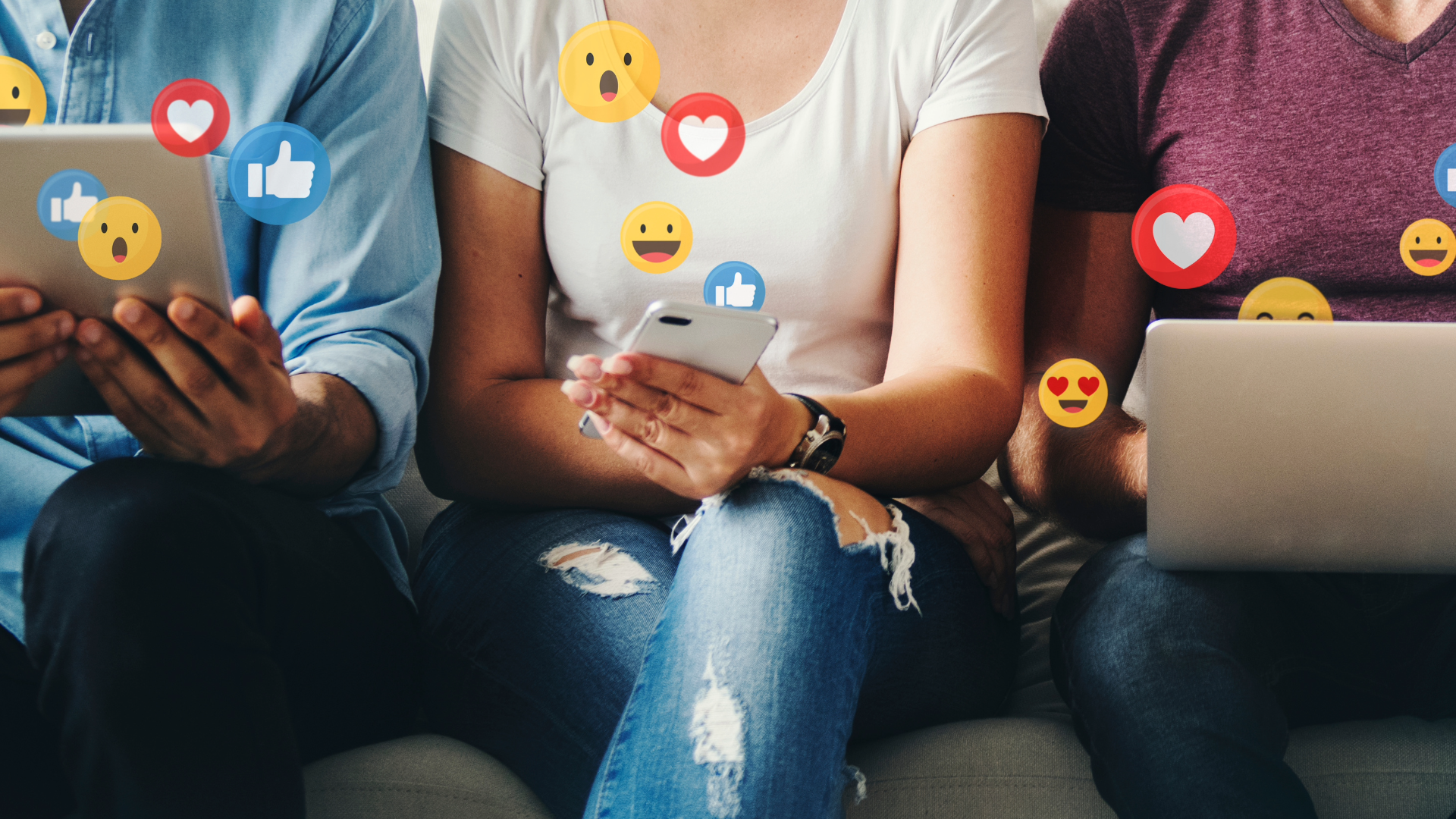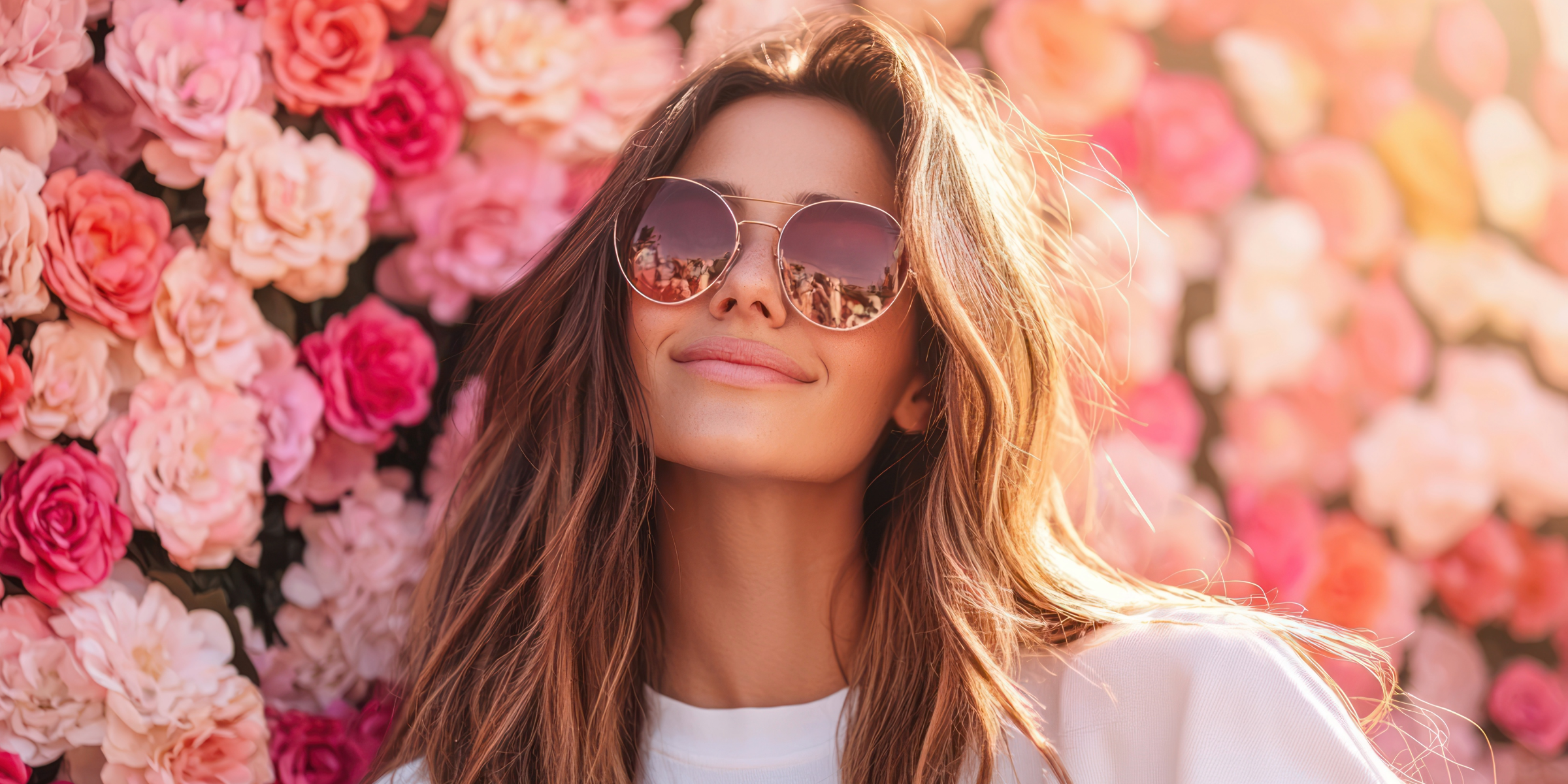There’s never been such a good time to use B-roll to promote a PR campaign on TV. By B-roll we mean up to ten minutes of roughly edited video pictures, produced by companies like Shout! Communications, and given to broadcasters free of charge and any copyright issues in the hope it will be used to promote a particular story.
Eight, nine years ago when I was still working as a broadcast journalist in the BBC’s Business Unit (and before that ITN), B-roll tapes were generally just thrown into the recycle tape box – but how times have changed!
Given the choice between a story that comes as a press release, and a story that is accompanied by B-roll, the chances are a news editor will choose the one that gives him or her some fresh pictures.
Gone are the days of crews sitting around waiting for a story to cover – cutbacks mean broadcasters can quite often be resource poor and they’re increasingly grateful for material – as long as it is shot in the right way.
There are two golden rules that ensure your B-roll gets used. First, make sure that the pictures are shot in a news style. That means simple shots, not too much movement, nothing too fancy. If you meticulously light it so it resembles an advertisement it won’t get used. News crews rarely have much time to film a story and you need to make sure your B-roll looks like something that a broadcaster would have filmed themselves.
The second golden rule is to include something that broadcasters would find difficult to shoot themselves. In these days of cutbacks, national broadcasters no longer have the luxury of crews scattered around the country, so that could mean something as simple as filming beyond the M25. Filming out of office hours or anything that’s going to take more than an hour to set up and film would also fall into this category, as would hard to get case studies (perhaps someone whose very ill for example), or a product that’s very technical.
As in any TV package we recommend putting your best pictures at the top of the B-roll, in order to grab attention. Any interviews should go at the end – and should be edited down to a maximum of 3 – 4 soundbites. Broadcasters would obviously prefer to do their own interview, but they are sometimes encouraged to do this if they can see how good an interview your spokesperson has done on the B roll. We often encourage regional TV to use our interviews by inviting them to submit their own questions that we will then ask on their behalf.
I’ve produced hundreds of B-rolls and every client that has followed our two golden rules has seen their B-roll used on UK television.
Every brand is looking for value for money and we generally recommend re-using material that has been shot for B roll for online too. It’s just a case of re editing the material into a 2 – 3 minute long video for online.




